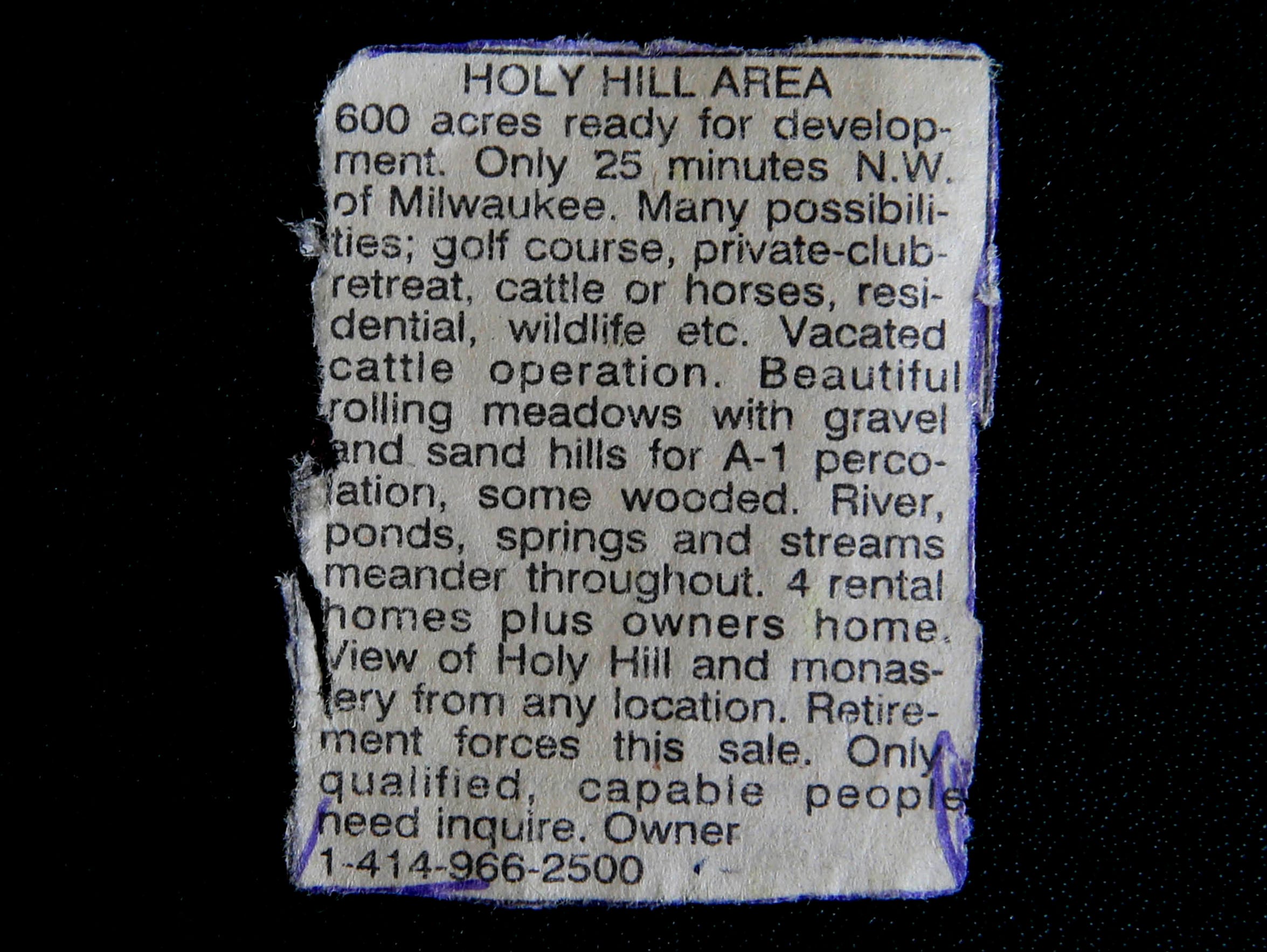Video: Erin Hills Seventh Hole Flyover
/The 2017 U.S. Open's 607-yard seventh covers some rolling terrain and promises to offer some unlevel stances along with opportunities to reach in two shots.
Fourteen bunkers dot the landscape, yet the green isn't heavily protected by sand. The green is enormous.
The Erin Hills flyover better captures the contours, while the USGA flyover better captures the green and surrounds thanks to some nice drone work.













